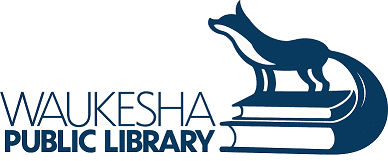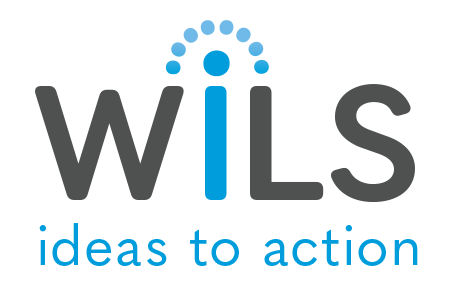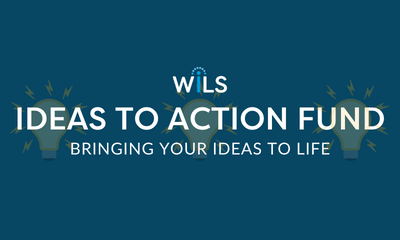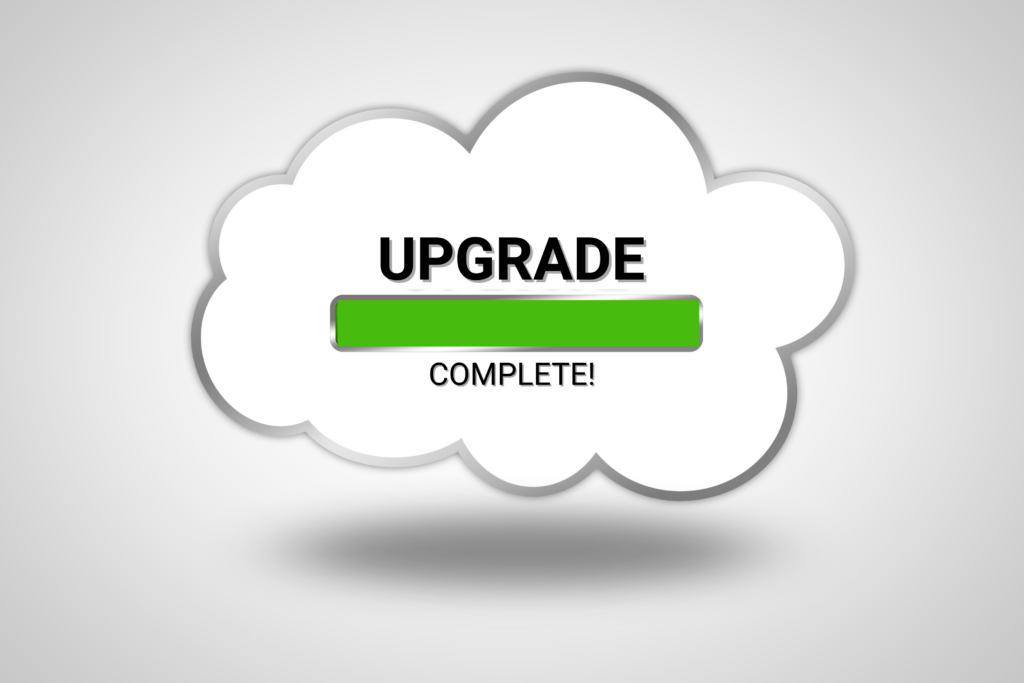
A strategic plan engages your community, helps with decision-making, communicates the priorities of your organization and the community it serves, and sets measurable goals. Over the past decade, WiLS’ Consulting Services team has provided dozens of public libraries, library systems, academic partners, and cultural organizations with strategic planning services – from targeted survey support to facilitating a full process and writing a multi-year strategic plan. We provide custom, one-on-one strategic planning services and an affordable cohort experience for small libraries.
In order to give our members a ground-level view into what a strategic plan can do for a library, we have asked one of our recent partners, Bruce Gay, Director of Waukesha Public Library, to share how the library has implemented their strategic plan, what challenges they have faced, and successes they found with their plan. WiLS first worked with WPL to develop their 2019-2023 plan and most recently WiLS assisted in evaluating their progress and developing a refreshed strategic plan for the next five years.
Q: What are some specific instances in which you’ve used your strategic plan to guide work or decision-making?
A: One of our overarching goals is to increase community support for the library, both financially and through increased outreach to volunteers. Since we’ve successfully brought managers completely on board with the plan, and most staff members have a good understanding as well, when opportunities have come up that fit with the plan, we’ve taken them. For instance, we recently had a librarian opening and both the hiring manager and I could see that this position was optimally set up to be the person who would build our volunteer base, and hired with that as part of the interview process. We’ve also been able to target our discretionary time better to meet strategic plan goals, so we’ve been building our donor database and creating endowment brochures, all in support of the plan.
Q: How are you encouraging staff to refer to the plan as they do their day-to-day activities or as they work on their larger projects?
A: We took the original spreadsheet of identified activities and then placed staff’s already existing SMART goals where they fit into the plan. Maybe not surprisingly, many staff goals fit into the plan, which encouraged staff to see the plan as useful since it addressed goals they already had for themselves. We’ll encourage staff to place their 2025 SMART goals more purposefully into the plan, too.
Q: What parts of your plan have you been successful in implementing and how? What parts have been a struggle and why?
A: Well, everything takes a little longer than you’d like. Our GIS project with the city has been slow to implement, mainly because we rely on another outside agency to succeed, and they have their own priorities (hard to believe they aren’t focused on the library!). Similarly, we’re still working with our Friends group to implement the library-branded merchandise site.
Q: What parts of your plan are you particularly proud of?
A: I’m happiest that the plan hasn’t set us out on anything we wouldn’t, almost naturally, want to do. This plan builds on the 2018 plan that we spent a lot of time on, creating it really from scratch. That effective work paid off here when we have been able to keep the same overall structure because it’s worked for us. The fear with a strategic plan is, of course, that it’ll just “sit on a shelf getting dusty.” With our plan, even if we don’t look at it all the time, we’ve internalized the overall ideas of it enough that we’re able to do plan activities without always thinking about it.



